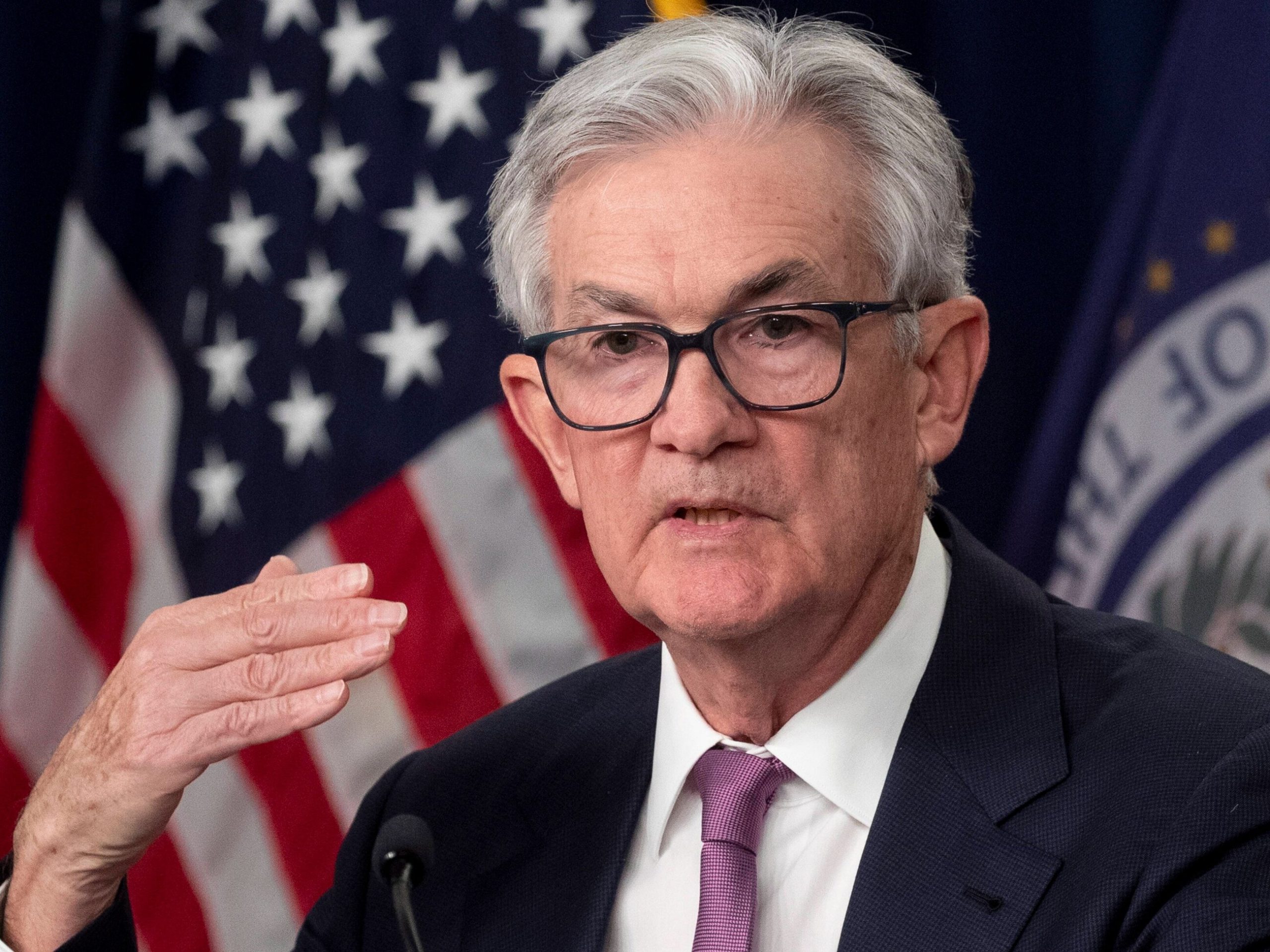Interest rates in the US. There is a Fed decision

The Fed decided to keep interest rates at the current level. They are in the range of 5.25-5.50 percent. This decision did not surprise experts.
During its first meeting this year, the Federal Reserve decided on Wednesday to keep U.S. interest rates at the same level. This means that they remained in the range of 5.25-5.50 percent, the highest since 2001.
Interest rates in the US remain unchanged
This decision was expected by financial market experts. They expected that the Federal Open Market Operations Committee (FOMC), the Fed body that decides on monetary policy in the US, would once again maintain the cost of money at the current level.
This is the fourth such decision in a row. – The Committee is not currently thinking about reducing interest rates at all. We are not talking about interest rate cuts. We remain very focused on the first question, which is whether we have achieved a sufficiently tight monetary policy stance to sustainably reduce inflation to 2% over time. (inflation target in the USA – ed.)? – said Fed Chairman Jerome Powell, justifying the November decision to maintain interest rates.
The last time – as Business Insider Polska reminds – the Federal Reserve increased interest rates in July (there was no decision-making meeting in August). In the monetary policy tightening cycle that started in March 2022, the Fed raised rates by a total of 5.25 percentage points.
The portal points out that the sharp tightening of financing conditions is effective because inflation in the US is falling (in December, consumer CPI inflation was 3.4% on an annual basis), which is also contributed to by the situation in the world (including the economic slowdown, declines in prices of energy raw materials, unblocking of supply chains). Therefore, now the market is eagerly awaiting the start of the discount cycle.
The probability of starting cuts (by 0.25 percentage points) in March is currently – according to the Fed Watch Tool – 50%.






